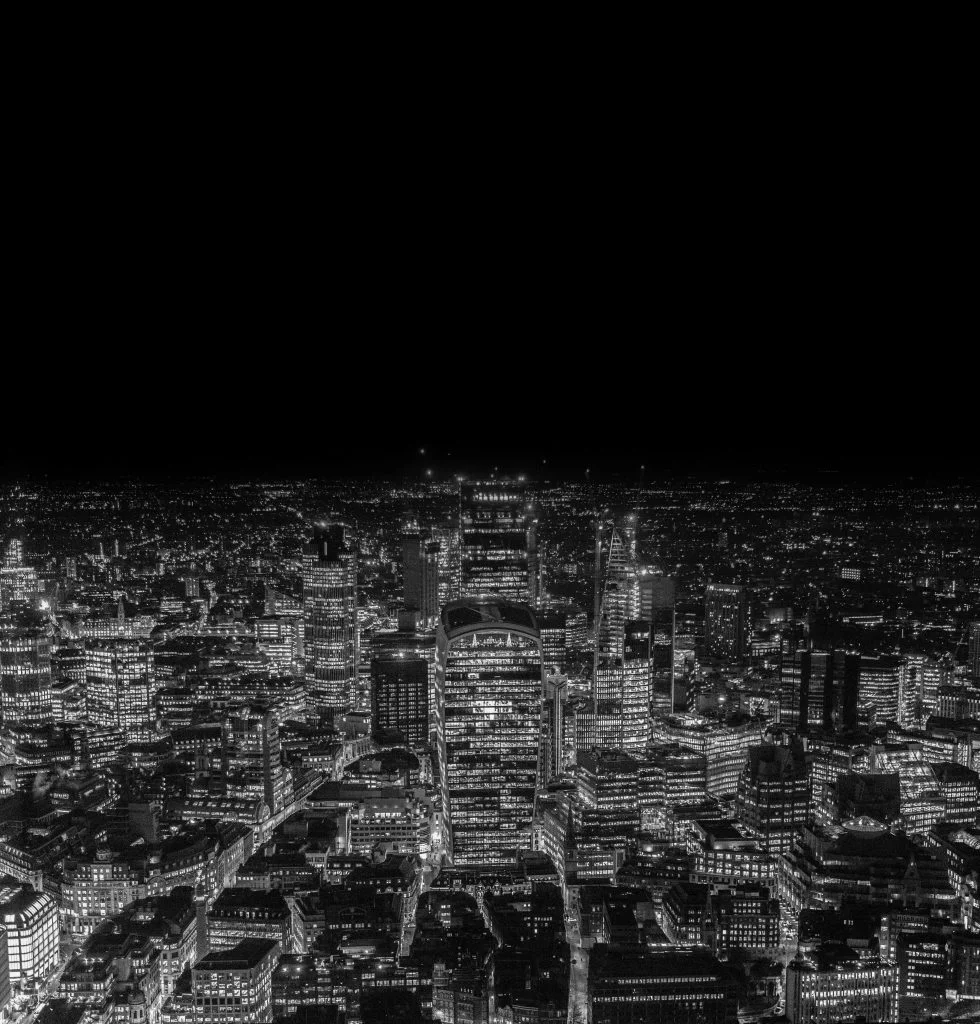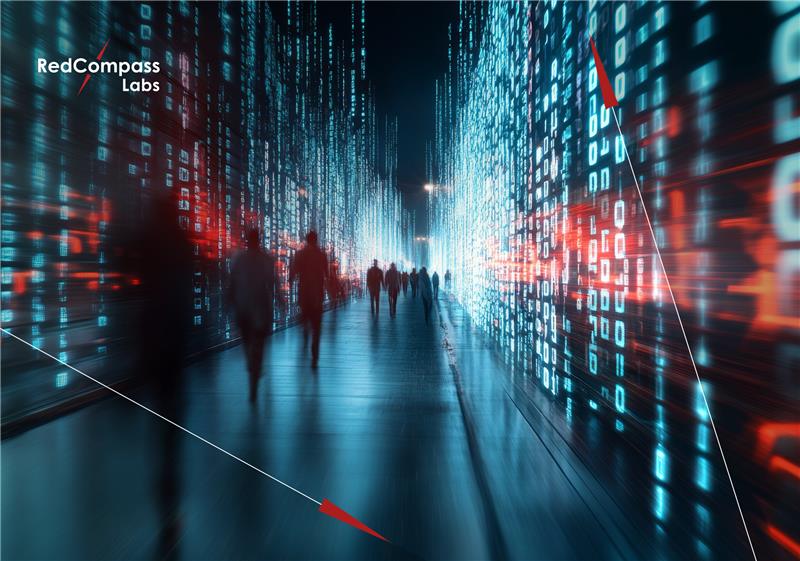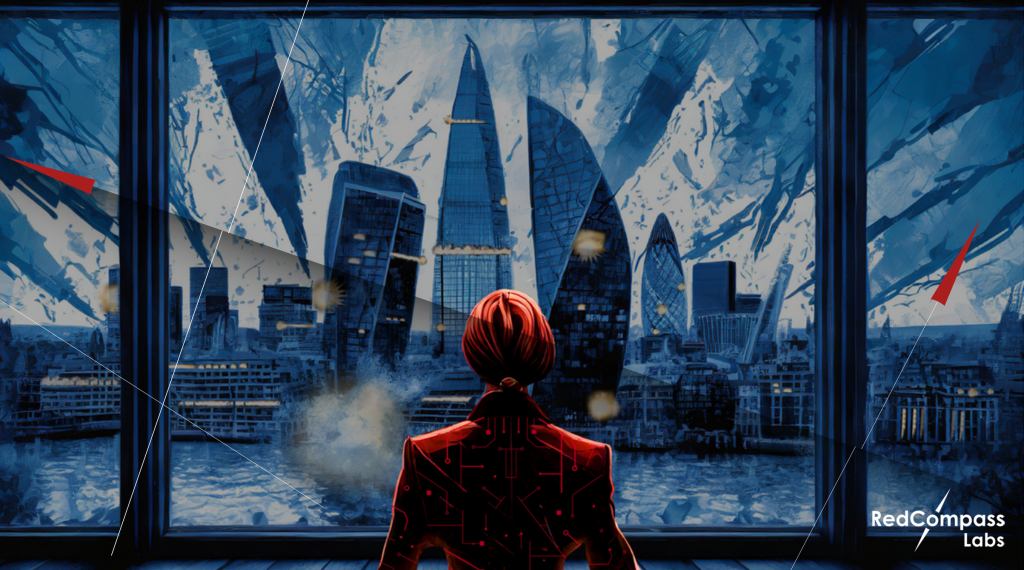Ozark and Breaking Bad put a glamorous spin on money laundering.
The protagonists in both hit TV series use legitimate companies to wash their ill-gotten gains, avoid police detection (for the most part) and make eye-watering sums of money in the process.
But commercial-front businesses are not to be admired.
There are more than 9,000 brothels disguised as other businesses in the US. Between 244,000 and 325,000 people are trafficked for sex each year. Most are female. Many are children. All are enslaved in some way.
Sex traffickers use legal businesses that outwardly claim to offer legitimate services to exploit vulnerable people. To clean their money, they bank with the same financial institutions as you and I to hide what’s happening.
But in doing so, the traffickers leave a financial footprint – a set of behaviors that banks can use to uncover their criminal network. With the right information, financial institutions can help law enforcement in their efforts to find the traffickers and protect the victims.
Here’s how.
How do commercial-front brothels work?
Massage parlors, spas, restaurants, bars, nail salons, and clubs of all types are used as commercial-front brothels.
The businesses hide in plain sight in areas known for prostitution. They advertise online with overtly sexualized content, using platforms to both identify and recruit victims.
The sex buyers, usually white, male, and married, turn up at unusual hours. Some leave reviews on forums, detailing the abuse in graphic detail.
Those providing the services – victims of sexual exploitation – are often trafficked from developing countries under false promises of real work. The victims usually suffer from psychological or emotional vulnerability, financial instability, lack of a social safety net, or political or environmental issues at home.
There has been a tendency in the past to treat sex workers as criminals. But many are enslaved, vulnerable people forced to have sex with strangers to pay off fake debts to their traffickers.
These organized criminal groups use commercial-front brothels to launder money from sex trafficking and other sources of criminal activity.
The traffickers make sure their bank deposits fall just under the threshold for investigation. They structure their finances across multiple accounts and institutions.
Creative accountants ‘cook the books’ to inflate the cost of genuine purchases so the money can flow undetected into the banking system.
A network of shell companies helps to disguise ownership. If one brothel shuts down, another opens up a few blocks away with the same owners (a process known as phoenixing).
The reality is, human trafficking is everywhere.
There are more slaves today than at any other point in human history.
These activities go largely unnoticed because our current form of detection is broken. Human trafficking is a $350bn industry – the second most profitable illicit industry behind drug trafficking. And yet less than 1% of financial crimes are brought to justice
If you can’t see it, you’re not looking.
Legitimate business? Or commercial-front brothel?
Consider Sunset Spa, a hypothetical Beauty Salon in the US. Sunset Spa’s details have been found on several commercial sex advertising sites.
A quick look at their transaction history shows they’re making regular payments to the websites.
There doesn’t seem to be much payroll expenditure, which is unusual for a beauty salon, particularly one that’s making as much money as Sunset Spa. Plus, they seem to be making regular purchases at drug, fast food, and sex stores.
On closer inspection, we find that most incoming payments are made by male customers at night. Again, that’s odd in an industry with a mostly female clientele that operates in daytime hours.
None of this fits the usual profile for a beauty business.
With the current rules-based approach to anti-money laundering, much of this goes undetected. The majority of commercial-front brothels are discovered after tip-offs from locals.
But with the right reference data, red flags, and persona-based approach, we can start to ask the right questions.
- Why isn’t Sunset Spa spending anything on payroll?
- Why are their details showing up on websites advertising sex services?
- Isn’t it strange that most of their clients are men?
- And why are so many of them getting a massage at 2 am?
It doesn’t take much digging to uncover what’s hidden behind commercial-front brothels. We only need to look.
The RedFlag Accelerator
This is where the RedFlag Accelerator comes in. Our persona-based approach helps banks to better detect sex trafficking within financial data.
By understanding who is involved in a commercial-front brothel operation and how they behave, anti-financial crime teams and AML vendors can start to raise red flags when their customers start acting suspiciously.
We’ve compiled data on illicit businesses, facilitators, money mules, victims, sex buyers and everyone in between.
We combine this with external reference data from the dark web and adverse media searches, to help anti-financial crime teams and AML vendors uncover one of the worst human crimes around today.
If you’d like to learn more about how to spot commercial-front brothels, download your free investigation guide today.
Share this post





